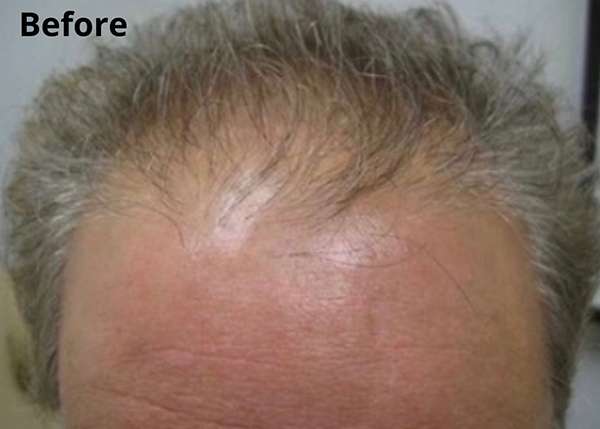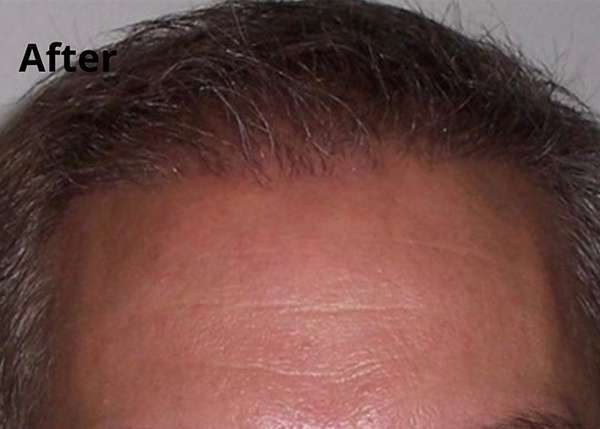Thanks for reading this page, it is critically important to ensure you are properly educated before making your hair transplant decision! One of the newer trends in hair transplant surgery is the Artas Robotic Hair Transplant system. You may have several questions about it. How does it compare to other hair restoration methods? Is it a safe alternative to NeoGraft?
| NeoGraft | Artas Robot | |
|---|---|---|
| Invasiveness | Minimally-Invasive | Minimally-Invasive |
| Harvesting Method | Follicular Unit Extraction (FUE) | Follicular Unit Extraction (FUE) |
| Transplant Method | Manual by Technician or Surgeon | Manual by Technician or Surgeon |
| Recovery Time | Return to regular activity 1-2 days, Exercise 10 days, Healing of puncture marks 10 days | Return to regular activity 1-2 days, Exercise 10 days, Healing of puncture marks 10 days |
| Anesthesia | Local | Local |
| Transection (Failure of Hair Graft to Grow) Rate | 3-5% | 8-10% |
| Avg. National Cost | $8000-9000 | $11000-12000 |
NeoGraft and ARTAS Robotic have several aspects in common. They are both minimally-invasive, have a fast recovery time compared to other hair transplant methods, and do not require general anesthesia. Both technologies are indeed FDA-approved, and with either method, a surgeon or experienced technician will manually transplant the hair follicles into their new location after they have been harvested from the back of the head.
While both NeoGraft & ARTAS utilize the Follicular Unit Extraction (aka FUE) method to extract the hair follicles, there is one very crucial difference. During a NeoGraft procedure, an experienced Technician manually harvests the hair from the donor area of the patient’s scalp, whereas this process is automated with ARTAS via a computer-controlled robotic arm. For both methods, the hair follicles are harvested individually, also referred to as follicular units. The main difference is that the ARTAS system has a computer rather than a human deciding which follicles to extract, which can speed up this process.
“Great doctor. I felt comfortable talking to him. Everything was straight forward and went exactly like he explained it. I am very happy with the results. I would recommend Dr. Demetri to a friend.”
by A. R.
Let’s break down the pros and cons of each hair transplant method:
ARTAS has an advantage in the speed of harvesting hair grafts. It is virtually impossible for a human to beat a computer that can make thousands of calculations per second. The ARTAS system selects hair grafts for transplantation based on a complex algorithm. It is important to note that this advantage only exists during the harvesting of hair. Both ARTAS and NeoGraft use the same implantation method –manual transplantation by a technician or surgeon.
However, ARTAS has three disadvantages compared to NeoGraft:


It is essential you research the doctor responsible for your procedure. Regardless of how you feel about an ARTAS hair transplant vs NeoGraft hair transplant, your team of experienced hair transplant technicians and surgeon is key. There are offices who offer hair transplants with only sales consultants on site. You won’t even meet your doctor until the day of surgery. We believe it is essential to meet with the doctor from your initial consultation. He or she needs to have a strong knowledge of hair. Transplanting the grafts to your hairline requires finesse, since it has to be done in a way to look aesthetically pleasing and age-appropriate. Only an experienced hair restoration technician and surgeon who has done this for years can get you results that look great and are not detectable!
Dr. Demetri believed that hair harvesting and transplantation is as much art form as precision, and that a robot cannot compete with a human in this regard. Please contact us to learn more!
Tampa: 813-603-3110